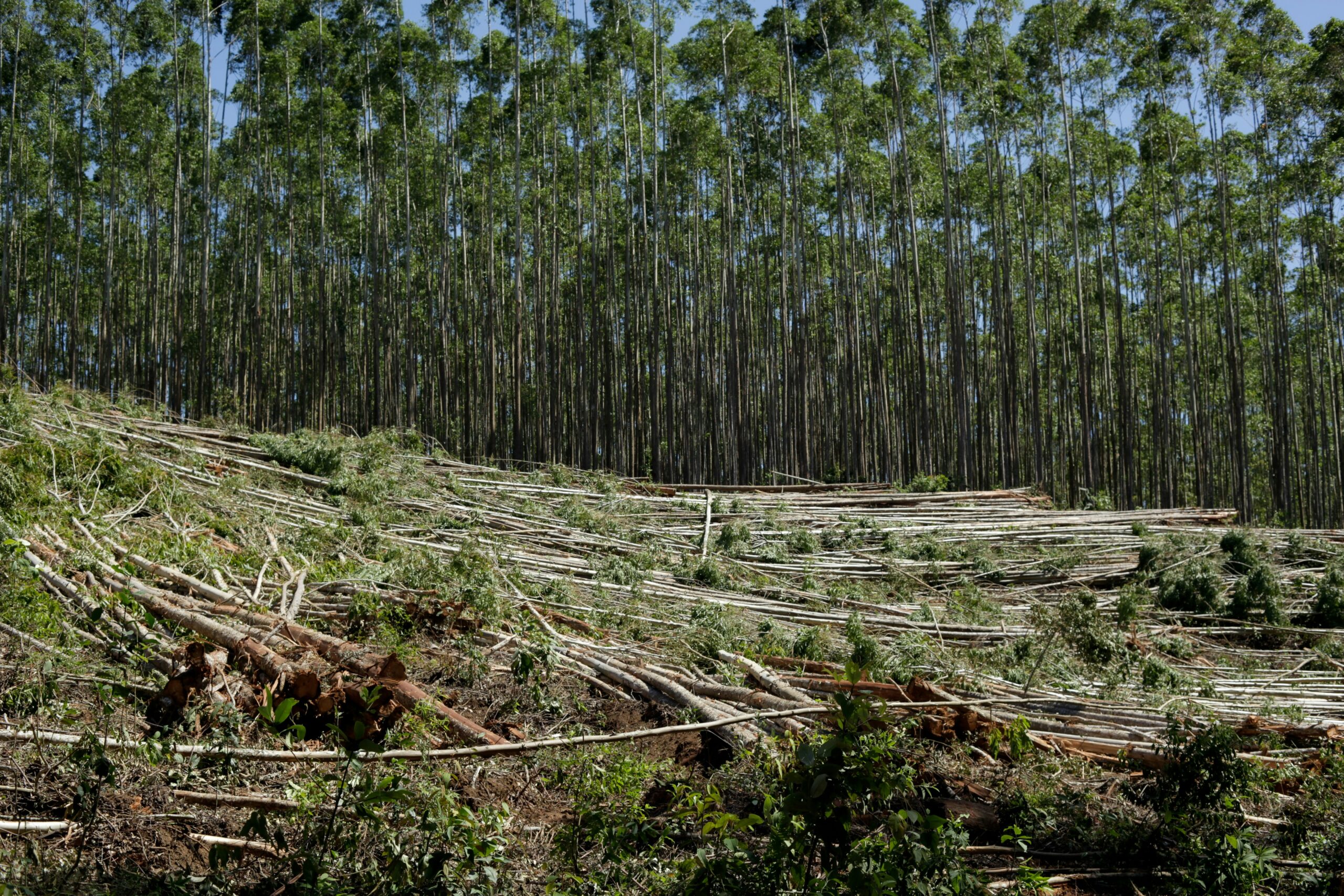When the European Union passed the Deforestation Regulation (EUDR), it wasn’t just about protecting forests – it was about changing how global trade works. A big part of that change is the new country risk classification system. Every country that exports EUDR-covered goods, from coffee to timber, now falls into one of three categories: low, standard, or high risk.
This ranking decides how strict your due diligence needs to be. For companies trading with dozens of suppliers around the world, understanding this list isn’t optional – it’s the foundation for staying compliant, avoiding fines, and keeping shipments moving smoothly through EU borders.
Understanding the Purpose Behind the EUDR Country List
The European Union Deforestation Regulation (EUDR) is reshaping how global supply chains handle environmental responsibility. At its core, the law requires companies trading certain commodities, like timber, coffee, cocoa, soy, palm oil, cattle, and rubber, to prove that their products are deforestation-free and legally produced.
One of the key tools for making this practical is the country risk classification system. The European Commission now ranks countries as low, standard, or high risk based on how likely they are to produce commodities linked to deforestation or forest degradation.
This might sound like a bureaucratic detail, but it has real, day-to-day implications for how companies source, verify, and trade materials. The classification determines how much due diligence an operator must perform before their product can legally enter or leave the EU market.
Why the Country Classification Matters
For most businesses, compliance with EUDR isn’t just a box-ticking exercise – it’s a legal requirement with direct financial consequences. Failing to comply can result in penalties of up to 4% of annual EU turnover, confiscated goods, or even a ban from public contracts.
The country classification simplifies the process by setting different levels of scrutiny depending on where your product originates. In other words, it gives companies a roadmap for how deep their checks need to go.
Here’s how it works:
- Pays à faible risque: Simplified due diligence. Businesses still need to collect data, but they are not required to conduct full risk assessments or implement mitigation measures.
- Pays à risque standard: Full due diligence applies. Companies must assess and, if needed, mitigate the risk of deforestation or illegal production.
- Pays à haut risque: Full due diligence plus enhanced scrutiny by authorities. Products from these regions are far more likely to be inspected and verified before being cleared for trade.
The First Official List and Its Global Impact
In May 2025, the European Commission published the first official country benchmark list. It was a long-awaited step that provided much-needed clarity for traders, importers, and sustainability teams across industries.
According to the Implementing Act, out of nearly 200 assessed countries:
- 140 countries were classified as low risk
- 50 countries were placed in the standard risk category
- Only four countries: Belarus, Myanmar, North Korea, and Russia, were labeled high risk
This first classification gives businesses a starting point to map and prioritize their supply chains. Importantly, the system is dynamic, not permanent. The European Commission will review and update the list regularly, with the next revision expected in 2026 after new FAO Global Forest Resources Assessment data becomes available.
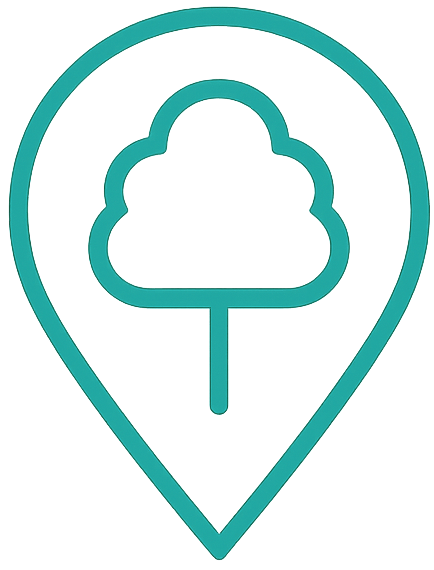
How EUDR.co Simplifies Compliance for Your Business
Au EUDR.co, we built our platform to take the guesswork out of compliance. The EUDR isn’t just another environmental regulation – it’s a complex set of rules that requires clear data, accurate reporting, and continuous monitoring. Our goal is to make that process manageable for every business, no matter its size or sector.
We provide a satellite-based, automated compliance system that collects and verifies supply chain data with precision. From geolocation coordinates to supplier documentation, our platform helps you build a full, auditable picture of your sourcing activities. You can generate due diligence reports, monitor deforestation indicators, and submit documentation that meets official EUDR standards – all from one intuitive dashboard.
Because accuracy is everything, we verify each data point before it’s submitted. That means the reports you send to authorities or trading partners are reliable and fully traceable. You’ll spend less time managing spreadsheets and more time focusing on your core operations.
We also understand that every company’s path to compliance looks different. Whether you’re sourcing timber, cocoa, or palm oil, our flexible pricing model and accessible tools are designed to fit the realities of small and medium-sized enterprises as well as large operators.
In short, we help you move faster, stay compliant, and stay confident.
How the EU Evaluates Each Country
The European Commission designed the country classification system around three guiding principles: fairness, objectivity, and transparency. Every nation’s risk level is assessed using a combination of measurable data and contextual analysis to ensure that the process is both evidence-based and equitable.
Quantitative Factors
The quantitative assessment relies on hard data and measurable indicators that reveal the scale and pace of forest change. These include:
- Historical deforestation and degradation rates: The extent to which a country’s forests have been cleared or damaged over recent decades.
- Agricultural expansion linked to EUDR commodities: How much new farmland has been created for crops or livestock that fall under the regulation, such as soy, cocoa, or cattle.
- Production and trade volumes: The amount of EUDR-covered commodities being produced and exported, providing context for potential market-related deforestation pressures.
This data-driven layer ensures the system remains grounded in verifiable information rather than perception or political influence.
Qualitative Factors
Beyond numbers, the EU also evaluates each country’s broader governance, cooperation, and sustainability landscape. These qualitative criteria include:
- Strength of legal frameworks and enforcement: Whether national laws effectively prevent illegal logging, land grabbing, and forest conversion.
- Protection of indigenous and local communities: The recognition of land rights and involvement of local populations in forest management.
- Transparency and data accessibility: The openness of land-use records, satellite monitoring systems, and deforestation reporting.
- Progress on climate commitments: How well a country is meeting its Paris Agreement targets related to forestry and agriculture.
- International cooperation: The presence of active partnerships or agreements with the EU to combat deforestation.
- Sanctions or trade restrictions: Any geopolitical or legal factors that may affect the reliability of trade data or governance capacity.
Building a Balanced Picture
By merging these quantitative and qualitative dimensions, the EU creates a comprehensive risk profile for each country. The system acknowledges that deforestation risk isn’t only about how much forest has been lost – it’s equally about how well a country manages, monitors, and enforces its environmental responsibilities.
This balanced approach helps prevent unfair labeling and encourages continuous improvement, rewarding nations that take measurable steps to protect their forests and strengthen transparency.
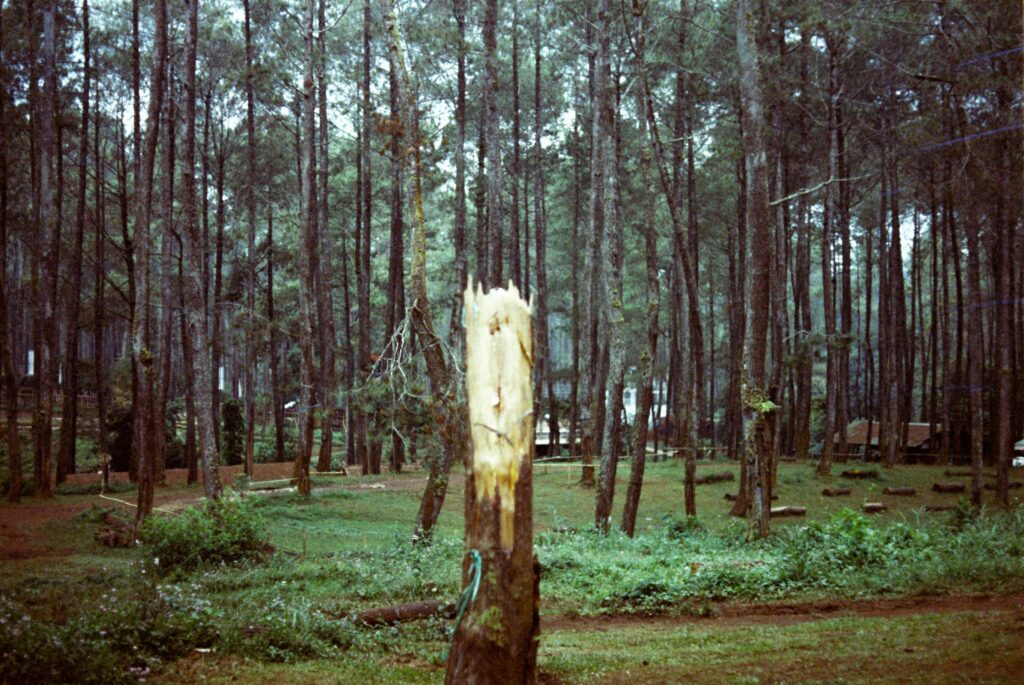
What the Risk Levels Mean in Practice
The EUDR’s three-tier system defines how much effort companies must invest to prove their products are deforestation-free. Each level affects documentation, verification, and compliance work in different ways.
Low-Risk Countries
For goods from low-risk countries, companies can follow simplified due diligence. They still collect key details: commodity type, quantity, geolocation, and supplier data, but don’t need to perform a full risk assessment.
This lighter process rewards countries with strong environmental oversight. Still, “low risk” doesn’t mean “no risk.” Businesses must stay alert for product mixing or circumvention, where goods from higher-risk areas are disguised as low-risk. If there are substantiated concerns, full due diligence must still be carried out.
Standard-Risk Countries
Standard-risk countries sit in the middle, requiring full due diligence. Companies must trace products down to plot-level coordinates, confirm legality, and verify that production didn’t involve deforestation.
If uncertainties appear, risk mitigation steps, like extra documentation, satellite checks, or third-party audits – must follow. Many major producers, such as Brazil, Indonesia, and Ghana, fall into this category, meaning a large share of global trade will operate under these rules.
High-Risk Countries
High-risk countries face strictest scrutiny, with at least 9% of operators and product volume checked annually. Companies should expect deeper verification, possible delays, and greater documentation requirements.
Currently, Belarus, Myanmar, North Korea, and Russia are listed as high risk. The EU uses this status not just for enforcement but for dialogue, working with these countries to improve forest governance and transparency.
Sourcing from them isn’t banned, but it’s resource-intensive, requiring credible data, detailed records, and readiness for more frequent inspections.
What Businesses Should Do Right Now
If your company trades in any of the seven commodities covered by the EUDR: cattle, cocoa, coffee, oil palm, rubber, soy, or wood, the country risk classification should already be a key part of your compliance plan. The regulation is no longer an abstract idea; it’s an active framework that defines how you buy, sell, and move goods across borders.
Even if you’re not directly importing into the EU, your buyers or partners probably are, and they’ll expect traceability and documentation from you. The good news is that most of what’s needed is within reach if you take a structured approach. Here’s where to start.
1. Map Your Supply Chains
The foundation of compliance is simple: know where everything comes from. Map every supplier, farm, or production site in your supply chain. Collect geolocation coordinates, official documentation, and supplier certifications that prove legality and forest-safe production. This isn’t just about checking boxes – it’s about building a clear data trail that shows confidence in every shipment you handle.
For many companies, this step means moving beyond paper records and adopting digital systems or EUDR compliance software that centralizes supplier data and automates updates.
2. Cross-Check Country Risk Levels
Once your supply chains are mapped, link every supplier to their country’s classification. Use the European Commission’s official EUDR country list to flag which suppliers are in low-, standard-, or high-risk zones.
This classification helps prioritize where you spend time and resources. A supplier from a low-risk country might only require basic verification, while one from a standard- or high-risk region needs detailed assessments and ongoing monitoring.
Many companies are now embedding these risk filters directly into their procurement software so that purchasing decisions automatically align with compliance requirements.
3. Adjust Due Diligence Procedures
If you’re sourcing from standard or high-risk regions, you’ll need to go beyond basic documentation. Implement a structured due diligence system that includes:
- Collecting and storing verified geolocation data
- Conducting deforestation and legality risk assessments
- Developing mitigation plans where risks are identified
- Keeping detailed audit trails and due diligence statements
This is also the time to test your system under real conditions – trace a few sample supply chains end-to-end to ensure data flows correctly and that you can generate the required statements for the EU Information System when it goes live.
4. Train and Educate Internal Teams
EUDR compliance isn’t just a sustainability department issue – it’s a company-wide effort. Procurement managers, logistics coordinators, and compliance officers all need to understand how country classifications affect their daily work.
Invest in internal training sessions or short workshops. Make sure teams know what documentation is required, how to interpret the classification list, and what to do when a supplier’s risk level changes. Well-trained staff reduce the chance of errors and delays later on.
5. Monitor for Updates
Finally, remember that this system is dynamic. The European Commission will regularly review and update the list as new data becomes available, beginning with the next major revision in 2026.
Set up alerts, subscribe to official updates, or use compliance software that tracks regulatory changes automatically. A supplier considered low risk today could move into a higher category tomorrow if national deforestation rates rise, or improve their standing if reforms take hold.
Being proactive about monitoring these changes ensures your business doesn’t get caught off guard and can adapt sourcing strategies before compliance issues arise.
In short, EUDR country risk classification is not just a background detail – it’s the compass for future trade strategy. Companies that build these checks into everyday operations now will find compliance far less painful once enforcement begins. Those that wait until the last minute may face costly disruptions, rejected shipments, or penalties that could have been avoided with a few early adjustments.
How This Affects Trade Strategies
Many importers are already re-evaluating sourcing strategies based on the classification. Low-risk countries may become more attractive for EU trade because compliance is easier and verification costs are lower. However, this could also shift market dynamics, increasing competition for low-risk suppliers and potentially raising prices.
For standard-risk regions, companies are exploring partnerships and traceability technology to maintain compliance without cutting ties. Completely abandoning standard-risk countries isn’t the goal of the EUDR. Instead, the regulation aims to improve practices through transparency and cooperation.
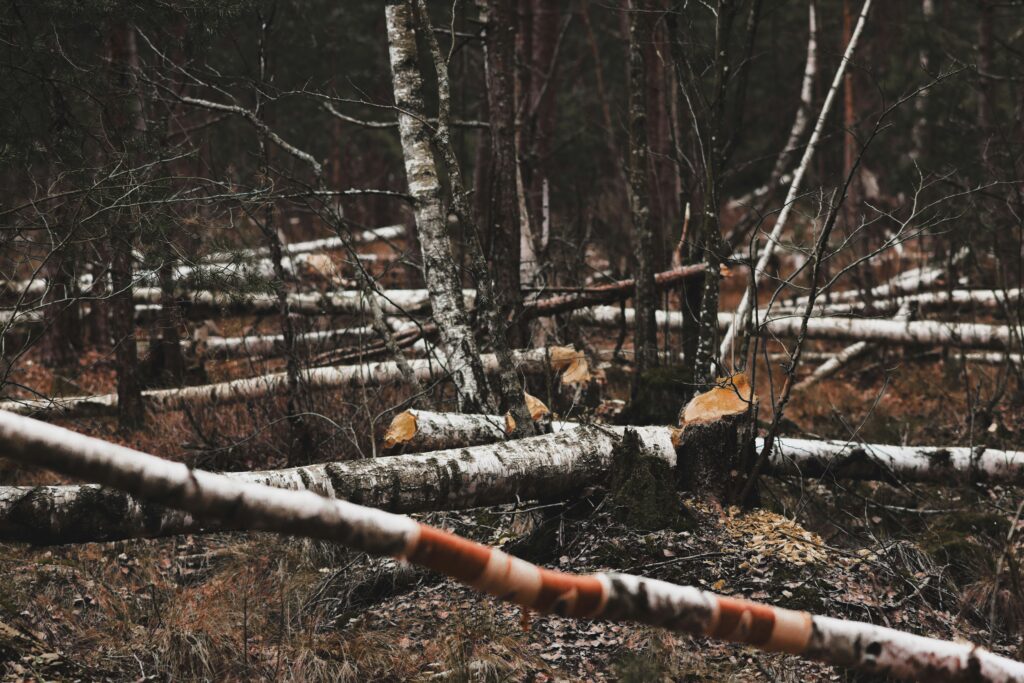
Looking Ahead: A Living System
The EUDR country classification is not a one-time label. It will evolve as data improves and global conditions change. Countries that take active steps to reduce deforestation, enforce stronger environmental laws, and engage in open dialogue with the EU can move to a lower risk category.
The next benchmark review, planned for 2026, will likely incorporate updated satellite data, FAO assessments, and feedback from both Member States and partner countries. This ongoing process ensures that the system remains fair, data-driven, and relevant to the fast-changing global landscape.
Final Thoughts
The EUDR country risk classification is more than a regulatory checklist – it’s a signal that environmental responsibility is now built into the mechanics of global trade.
For businesses, the message is straightforward: understand where your products come from, document everything, and stay informed about evolving risk levels. Those who adapt early will find compliance easier and gain trust from both regulators and customers.
It’s not just about avoiding penalties. It’s about building a supply chain that can stand up to public scrutiny and new sustainability standards that are here to stay.
Questions fréquemment posées
1. What is the EUDR country risk classification?
The EUDR country risk classification is a system created by the European Commission to group countries into low, standard, or high risk categories based on their likelihood of producing commodities linked to deforestation or forest degradation. The classification helps companies understand how strict their due diligence must be when trading EUDR-regulated products such as timber, coffee, cocoa, soy, palm oil, rubber, and cattle.
2. Who decides which countries are low, standard, or high risk?
The European Commission determines each country’s risk level through a benchmarking process set out in Article 29 of the EU Deforestation Regulation. The assessment uses both quantitative data (like deforestation rates and agricultural expansion) and qualitative factors (such as governance quality, data transparency, and indigenous rights protection).
3. How often will the country list be updated?
The country classification is not permanent. It will be reviewed and updated regularly as new data becomes available. The first review is scheduled for 2026, using updated information from the FAO Global Forest Resources Assessment (FRA) and other sources.
4. What happens if a company sources from multiple countries with different risk levels?
Each product or shipment must be assessed individually. If your supply chain includes both low- and high-risk sources, you’ll need to apply the highest applicable due diligence standard to ensure compliance across all materials.
5. Can a country’s classification change?
Yes. The classification is dynamic and can improve or worsen depending on the country’s environmental governance, deforestation trends, and cooperation with the EU. Countries that strengthen their forest protection laws or improve transparency may move from standard to low risk over time.

